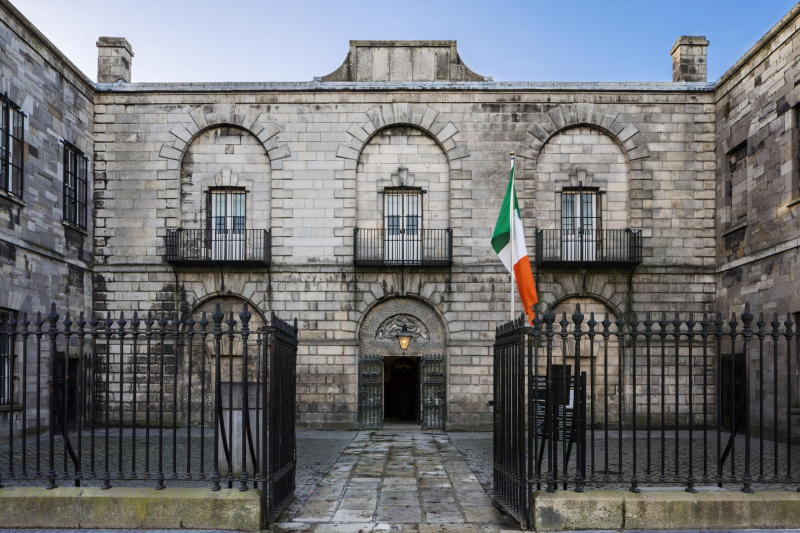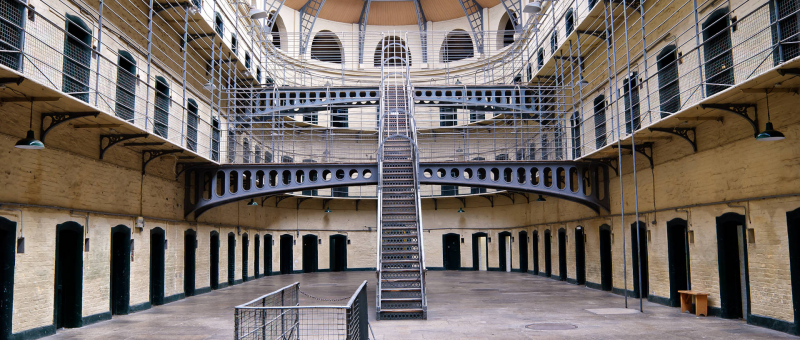Kilmainham Gaol
Kilmainham Prison, where the leaders of the 1916 Easter Rising and other Irish rebels were murdered by the British, conjures a horrific moment in history with its levels of cells, overhead catwalks, and bleak passageways. The prison, which is now a government-run museum, is a symbolic site associated with the war for independence, Irish political martyrdom, and British oppression.
Its history dates back to the 1790s, when Henry Joy McCracken and Robert Emmet, the leaders of the 1798 and 1803 rebellions, were imprisoned there. Thousands of ordinary men and women have been detained in jail over the years for petty misdeeds or more serious offenses such as murder.
Kilmainham was the detention center for the arrested leaders of the Easter Rising in the second decade of the twentieth century, and 14 of them were shot in the stonebreakers' yard from May 3 to 12. Their executions, more than any other event, contributed to the strong yearning for an independent Irish state free of British domination. Even after the War of Independence (1919–21), Republicans were imprisoned here. After the release of its last convict, Eamon de Valera, who would later become Ireland's Taoiseach (Prime Minister) and president, the prison closed in July 1924. Kilmainham Gaol is among the top 11 most beautiful historic sites on this list, which comes as no surprise.
Location: County Dublin













